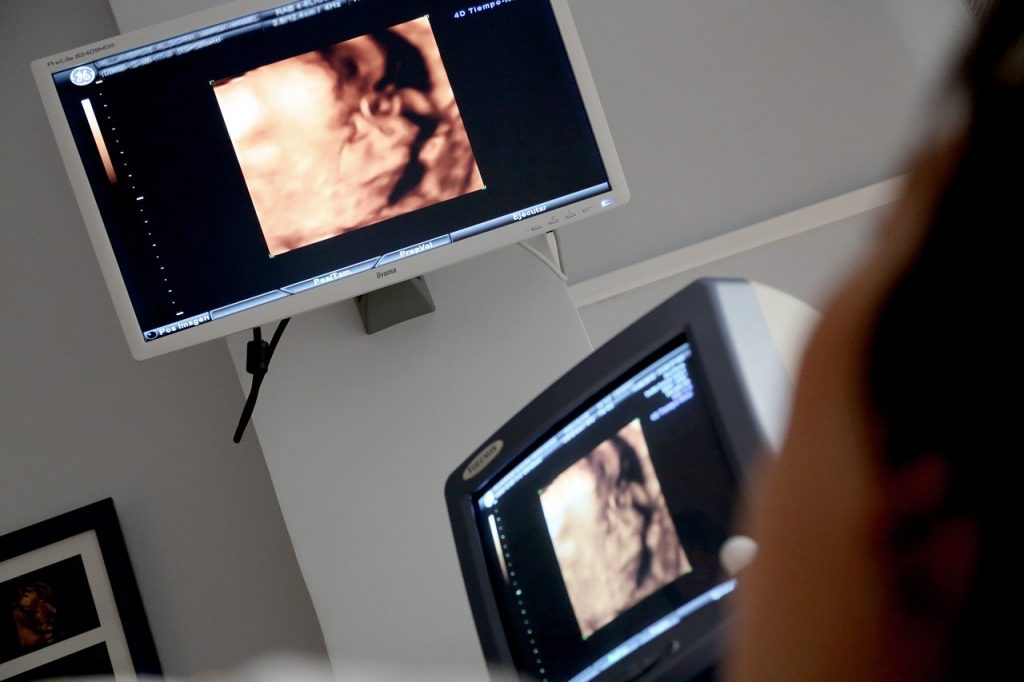The placenta is a transient organ in the body of humans. That means it grows temporary and comes out as an after-birth. The umbilical cord connects the baby and the placenta.
The placenta supplies the baby with nutrients and oxygen for growth. It also takes waste products like carbon dioxide from the baby to the mother for disposal.
When pregnant, there are certain things that can happen that, while not necessarily risky, can be worth monitoring. An anterior placenta is one such thing. Read on to learn more about this placenta placement.

Meaning of Anterior Placenta
Once a fertilized egg embeds itself on the uterus, a placenta develops. The position of an attachment may affect the growth of the baby. At week 20, a sonographer conducts a scan to check this embedment.
An anterior placenta is the one that is attached to the front wall of the uterus. It separates the tummy and the fetus. This is a normal place for implantation, which should not get you worried.
This should not be confused with placenta previa (low lying placenta). Placenta previa needs more serious attention, as it may cause problems during pregnancy.
Impact of Anterior Placenta on the Baby’s Movement
Normally, most women will feel baby movements between weeks 16 to 24 of pregnancy. Women with an anterior placenta will take a little longer than this to feel the baby kicks.
The anterior placenta cushions early wriggles, making it hard to feel the movements. If you reach week 24, regardless of having an anterior placenta, without feeling baby movements, let your physician or midwife know.
While the pregnancy progresses, try to understand the movement patterns of your fetus. In case your sonographer notified you that you have an anterior placenta, pay attention to the sides and the lower area.
Even with an anterior placenta, your fetus should develop a regularity to their movements. Anytime you feel like the movements have stopped or slowed down, don’t assume it is because of an anterior placenta.
Expectations When You Have an Anterior Placenta

There are several things to pay attention to if you have an anterior placenta. As already mentioned, this is not something to hugely worry about. Most of these things will help you cope with the situation.
Most babies move to ideal birth positions only during labor. Less than 8% of the babies stay in posterior position during pregnancy. For mothers with an anterior placenta, the baby will be in a back-to-back position most of the time.
The back-to-back position is associated with more pain during labor. The pain is sometimes prolonged to a point of needing a cesarean.
The anterior placenta can also make you feel lower back pains. This is a complaint that can be addressed by a midwife. Exercises and pain-relieving therapies are helpful.
Monitoring Baby Movements
Monitoring your fetus’ movements is important. This should be made a routine to avoid any complications during delivery.
This is something easy to do but can turn out to be tedious if you are not sure of what to do.
Intuitions and instincts are important tools to monitor your baby’s routine. Listen to your body, and trust what your instincts tell you.
This will go a long way in saving you from any troubles that may come around.
Things to Note
As much as you are not supposed to worry about the anterior placenta, it is good to take note of a few risks that come with an anterior placenta.
According to research, the anterior placenta is directly linked to the blood group of the mother. Women with blood group O-positive formed the largest group with an anterior placenta.
The research further indicated that intrauterine fetal death, placental abruption, gestational diabetes mellitus, and pregnancy-induced hypertension were the common risks associated with an anterior placenta.
Conclusion
Luckily, these risks are easy to manage. Prenatal yoga, eating a balanced diet, and having enough sleep are recommended.
Be sure to be conscious of how you take care of yourself during pregnancy to avoid unwanted risks and issues.







